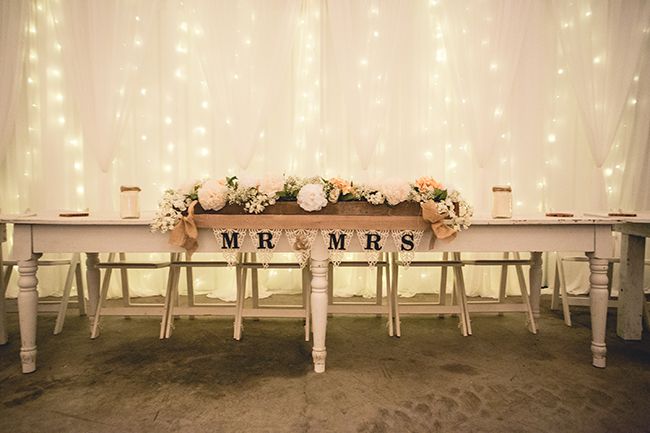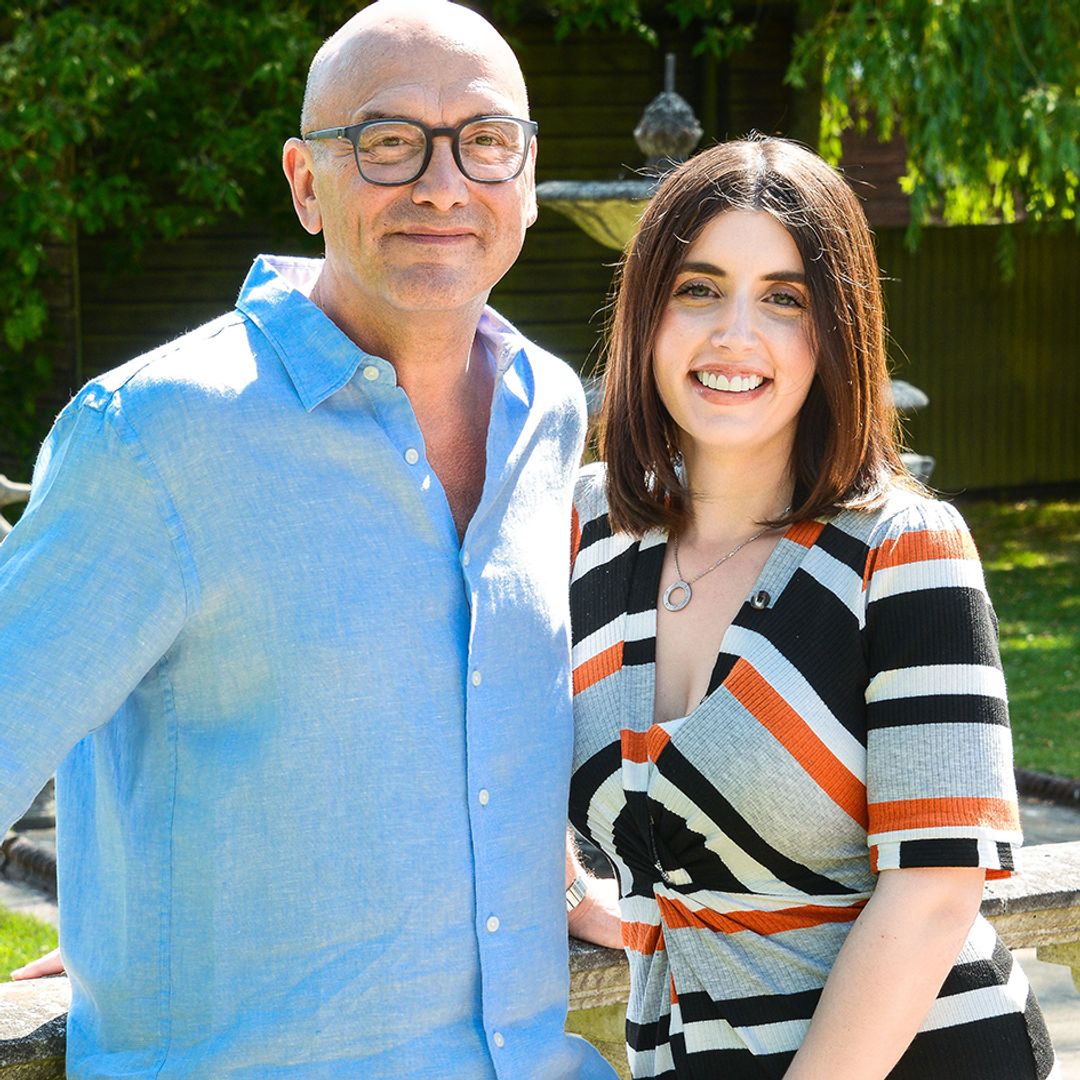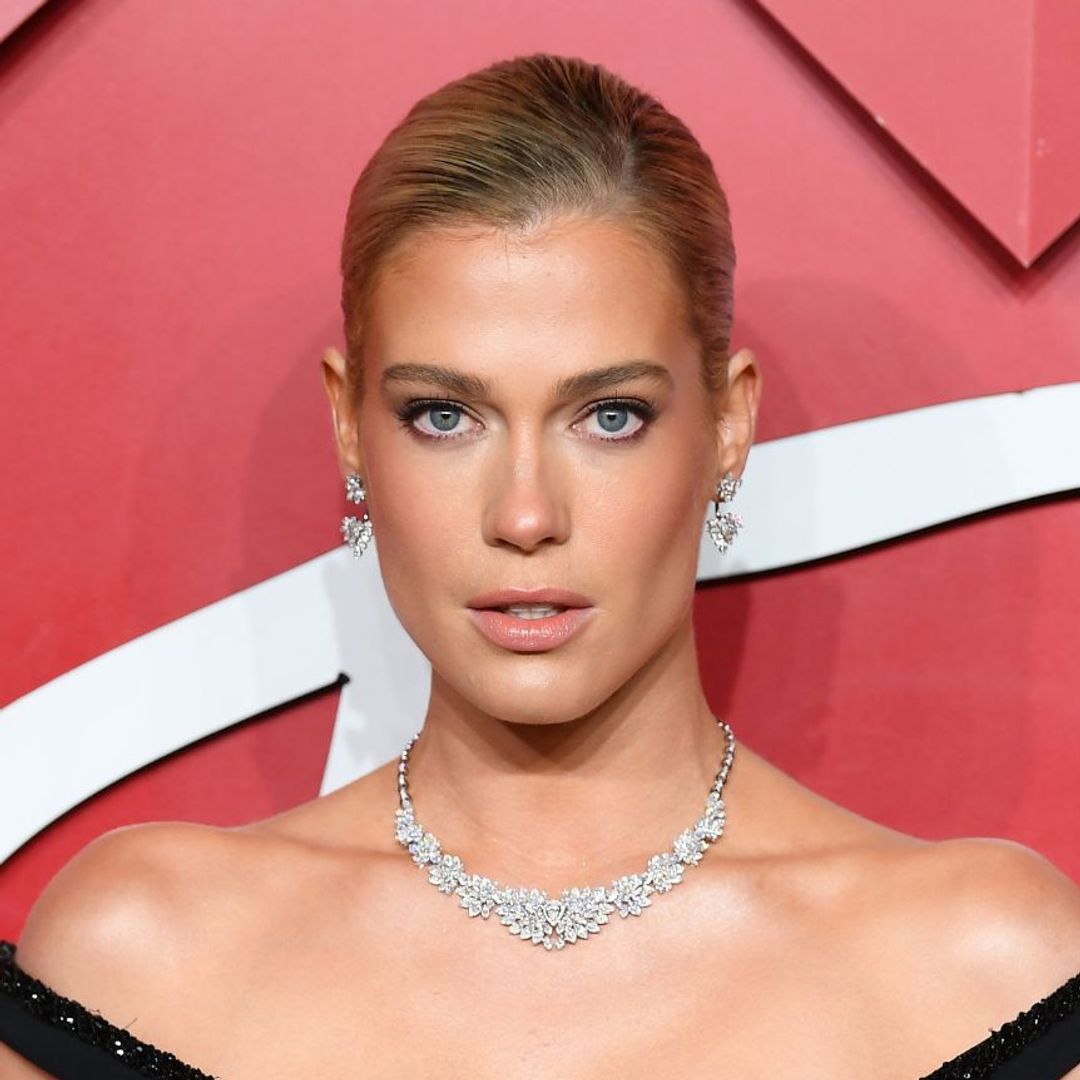You've sent out your carefully-worded invites and started receiving your RSVPs, now it's time to think about the all-important seating plan – and specifically, who should sit with you at the top table?
Organising the seating plan can be a challenge for many couples, with family and friends often weighing on who should sit where, along with wedding etiquette to consider. So should you follow tradition with a long top table or should you ditch it all together? We asked three expert wedding planners to share all the answers to your most frequently asked questions, and take the stress out of sorting your wedding table plan, no matter what style of wedding you're hosting.
WATCH: Get inspiration from the most spectacular HELLO! Exclusive weddings
Who sits on the top table at a wedding?
"Traditionally, most couples would be have a long table facing guests, with the following seating arrangement (facing the table from left to right): chief bridesmaid, the father of the groom, the mother of the bride, the groom, the bride, father of the bride, mother of the groom and the best man," says Emma Murray-Jones, Wedding Planner at Emma Murray-Jones Weddings and Events.
MORE: First steps of wedding planning are the hardest - your complete guide from start to finish
However, who you choose to seat at your top table may change depending on your own family situations and the size of your wedding party.
A traditional top table sees the couple sit with their parents
Roberta Burcheri, Lead Designer and Wedding Planner at Roberta Burcheri Events, says that couples with a larger wedding party may choose to seat bridesmaids and groomsmen – including the chief bridesmaid and best man – at a separate table close to the top table.
"Some couples seat the wedding party on the top table, while others reserve a table near the front of the banquet for them," she says. "Your wedding party's size will determine whether this table is exclusively made up of bridesmaids and groomsmen (who should alternate around the table) or whether it includes each member's date seated next to them. The latter choice is preferable if there is room because your sibling's partner won't have to sit at a different table."
Who traditionally sits next to the bride on the top table?
"It was customary for the bride's family to host the top table, so the mother of bride and father of the bride would sit on either side of the happy couple, as a reflection that the bride's family would have paid for the entire event and demonstrate their status as the hosts," Emma reveals.
MORE: How to choose stunning wedding table settings and decor on a budget
Dos and Don'ts when planning your top table
Roberta reveals some of the things you should and shouldn't do when planning your top table, and there's lots to consider.
Dos:
- The newlyweds should be seated at the centre of the top table, surrounded by their special guests. Historically, the parents of the couple, as did the best man and maid of honour, sat at the top table.
- The bride is usually seated to the right of the groom. Same-sex couples are free to select their own seats.
- If you prefer to eat with your families, remove the seating for the wedding party and request that your parents and siblings sit with you at the head table.
- Think about their age and how close they are to you when choosing flower girls and ring bearers. If they're old enough to eat with adults who aren't their parents without feeling weird, seat them at the top table.
- Do the same if their parents are in the wedding party and they are younger.
- If you already have children you may want to seat them at the top table, depending on guest count and space options.
Don'ts:
- If you know two guests have a bad history, avoid making them uncomfortable by seating them together.
- You don't have to put your divorced parents next to each other, especially if they have new partners. Do your best to settle any such dilemmas well in advance of the wedding.
- Don't get overwhelmed with seating plan stress. If you think the top table arrangement are going to make or break your wedding reception, there is no harm in asking your planner, venue, or your VIP guests where they would prefer to be seated.
- Yet since it's your special day, don't listen to any drama. The top table can be arranged in any way you choose.
- Do not change your top table, or any of your seating plan last minute. All your guests are there for you and your new spouse, not for the 90 minutes they are sitting at the dining table. They will celebrate you no matter what.
Do weddings need a top table?
You could break tradition by sitting among your guests
While traditionally weddings have always had a top table, some couples now choose to avoid this for many reasons. Perhaps their families don't fit the traditional format or they don't like the idea of sitting out looking over the room, all valid reasons to reconsider switching up your seating plan according to Matthew Shaw, creative director and founder of sauveur.
"Do not force yourself into any format because it is the 'done thing', approach this from what works for you and your guest list," he says. "A first step is to consider whether you would like a top table, in a traditional or adjusted format, or whether you want to go down a completely different route."
READ: 12 best wedding planning apps for savvy brides
Emma agrees that a top table doesn't work for everyone. "Not having a top table can help avoid any complications with any divorced family members or family that do not get on. I would have several 'important' tables that family members can sit at separately and host their friends or family there together," she suggests.
What are the alternatives to a traditional top table?
"Whether you opt for a top table or not you are still left with the consideration of who sits near the bride and groom which will always give an element of 'being at the top'. Look at your guest list and see if you would like to keep it in the family, or maybe stick to your wedding party of bridesmaids and groomsmen," Matthew advises.
"Maybe you have a best friend separate from your other groups who has travelled a long way and should be hosted with the couple. It is important to remember that you will likely spend a lot of dinner circulating so you want to ensure those left at the table can hold their own and entertain each other."
Let parents host their own tables
"I often find it can be very successful to give parents on each side their own tables to host. This often ensures that they, and their guests, are happy and that will also give you more freedom to play around with your top table seating," the sauveur. creative director says.
Carefully consider the 'sweetheart table'
A sweetheart table has its pros and cons
Some couples choose to avoid potential conflict over the top table seating plan by sitting on a table of two, known as the 'sweetheart table'. However, there are both pros and cons to this, according to our experts.
"On your wedding day, it can be hard to find a moment for you and your partner to take a step back and really enjoy the day. Having a sweetheart table just the two of you is a great opportunity to be in the moment together," Emma says.
MORE: How to plan a wedding - the ultimate checklist for brides-to-be
However, Matthew disagrees. "It can be very isolating and you will, after all, be spending the rest of your lives together, so make the most of your wedding to spend your time with your friends, family, and loved ones."
Swap a traditional long top table
You may choose to sit at a round table instead of a long one
Changing a traditional long top table for a different table style may be enough to avoid some of the family politics about who sits where, Emma says.
"Have a round top table to be placed in and amongst your guests – this could be with your closest friends or your family sat with you," she suggests, adding: "If you and your guests are on long table, or a U shaped table, seat the guests of your choice around you."
How to create the perfect wedding seating plan
While the top table should be your first priority when starting your table plan, Matthew says it should always be considered in the wider context of your overall seating plan.
"Whether you have decided on rounds or long tables will have an impact here. Both have their pros and cons although I confess to being a fan of long tables as they feel more convivial and inclusive," he advises.
Colour-code your guest list
"I always recommend that our couples colour-code their guest list (family, friends, colleagues - whatever works!) and use this to spread people out around the room. It's great to mix people up but always ensure they have an ally or connections around them. Do not feel obliged to sit couples next to each other!" Matthew suggests.
SEE: How to make your wedding flowers sustainable and affordable - royal florist reveals all
Think about table placement
"I also always suggest that you have your 'quieter' tables in the middle of the room and your potentially rowdier tables towards the edge. The energy will then fill the room instead of simmering out," the creative director says.
Consider your guests
"Whatever your approach to the seating plan, do take the time to consider all of your guests and what they may have in common or be able to talk about," Matthew advises. "A well thought out plan will bring your wedding dinner to life."
Planning your wedding? Sign up to HELLO!’s Bride Guide newsletter for expert advice, budget help, wedding inspiration and real life stories delivered straight to your inbox.













